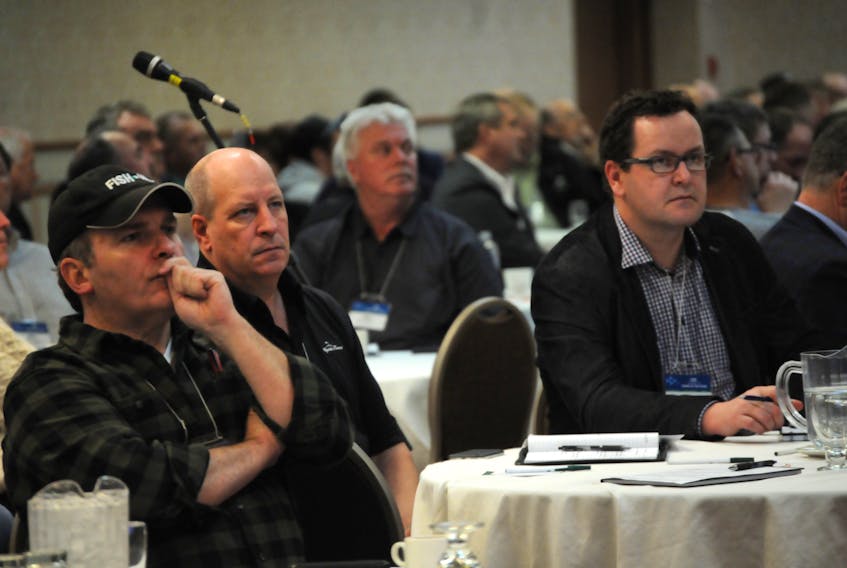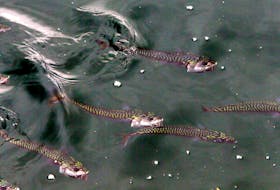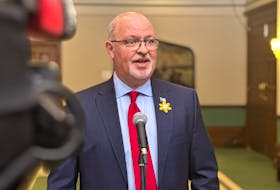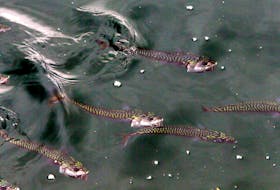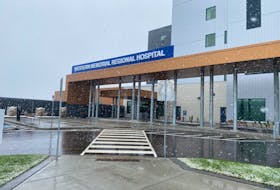GANDER, NL – Cod stocks off Newfoundland and Labrador have shown “tremendous progress” in recovery over the past several years, but the species is still in critical shape.
That’s what delegates at a cod conference in Gander heard Tuesday, Nov. 28.
The conference, titled “Cod: Building the Future of the Fishery” and organized by the Canadian Centre for Fisheries Innovation (CCFI), provided updated figures from the 2016 cod stock assessment.
Those figures indicate the spawning biomass has increased to around 40 per cent of the precautionary threshold, explained Ben Davis, division manager of aquatic resources for the Department of Fisheries and Oceans (DFO).
“There are a lot of indicators that are giving us hope for recovery,” said Davis, noting they’re seeing diverse age groups of fish within the cod stock and good distribution of fish in waters around the province.
In mapping out a precautionary approach in re-establishing stocks, DFO established three thresholds for spawning biomass: critical, precautionary and healthy.
The threshold to move from critical to precautionary was set at 660,000 tonnes. That figure is based on spawning biomass in the 1980s, when the province had a relatively healthy fishery.
Science indicates that just over a decade ago, spawning biomass was just three per cent of the required threshold.
While the biomass is increasing, however, current projections indicate it could be another 10 to 20 years before cod move from the critical to precautionary threshold.
Food sources for cod – such as capelin and shrimp, which play an important role in the stock’s recovery – haven’t been as plentiful as in the past.
“We have concerns, depending on what the next assessment shows us, that the growth we have seen over the last few years may be dampened,” said Davis.
“That’s a bit of a cautionary gut check . . . with some of the science,” he said, adding more information should come with the next full scientific assessment of the cod stock in March.
By then, he said, “We could find that cod have found something to eat and growth of the population has still been on track.”
When it comes to the question of how much can be fished without being detrimental to the growth of the stock, that answer also won’t come until the full assessment in March.
“But in 2016 the stock was capable of having five times the 2015 (quota removed) – which was around 4,000 tonnes – and still be reasonably safe,” said Davis.
“It would have had a bit of an effect on the rate of recovery, but there would be some. Clearly, we’ve had some growth in the stock, but the big thing is you don’t want to chop it off and put us right back to where we were, with the stock in slings.
“You want to have enough fish to have a sustainable fishery going forward.”
The conference at Gander, which runs all day Wednesday as well, is bringing together fisher harvesters and DFO scientists and managers, as well as fishing industry leaders from Iceland.

